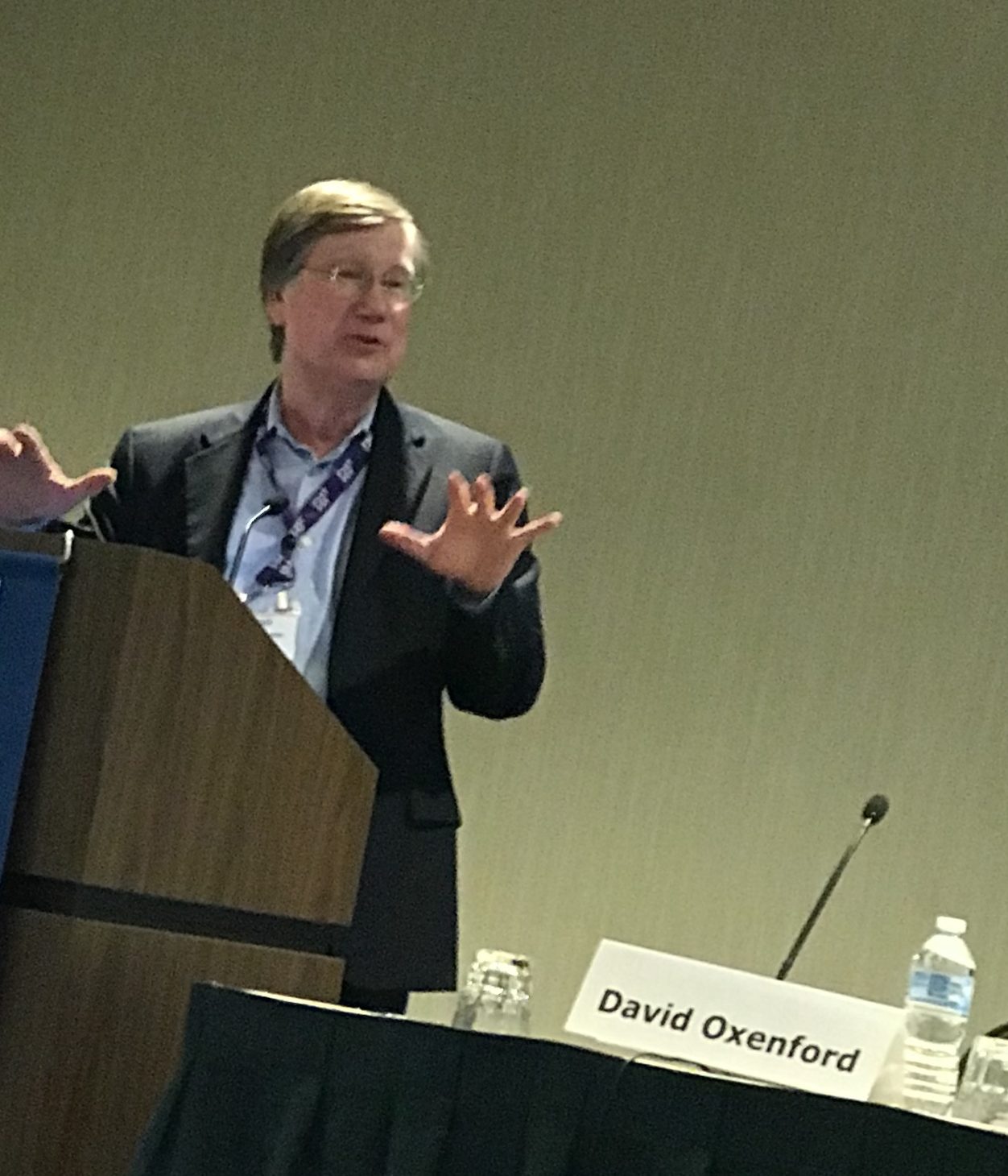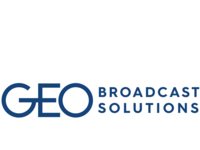A diverse group of radio industry experts including Radio + Television Business Report Chairman Eric Rhoads are scheduled to participate in a daylong symposium on Nov. 21 at FCC Headquarters on the state of the broadcasting industry.
What’s behind the FCC Media Bureau’s decision to host this six-hour session? Noted D.C. communications law attorney David Oxenford of Wilkinson Barker Knauer has his thoughts on the matter.
“The FCC is working on its Quadrennial Review of its ownership rules, and there were many who expected that review to be completed either late this year or early next, with relaxation of the radio ownership rules thought to be one of the possible outcomes,” Oxenford notes in a Broadcast Law Blog post. “Of course, quick action may have been derailed by the decision of the Third Circuit Court of the Appeals to vacate and remand the Commission’s 2017 ownership order.”
The basis of the Third Circuit decision, Oxenford explains, was that the FCC did not have sufficient information to assess the impact of its rule changes on minority ownership and other potential new entrants into broadcast ownership.
“If the FCC did not have enough information to justify the 2017 decisions, many believe any further changes in its rules are on hold until the FCC can either satisfy the court’s desire for more information on minority ownership or until there is a successful appeal of that decision,” he says, sharing a belief both lawyers and brokers have shared with RBR+TVBR. “Even though FCC changes to its ownership rules may be in abeyance, the November 21 forum can shed light on the current state of the industry and why changes in ownership rules may be justified.”
The Department of Justice during the summer held a symposium of sorts on the impact of digital media on television broadcasting. “Almost all of the participants in that session testified that digital advertising was competing with television, though there was disagreement on the severity of the impact of digital on the television industry,” Oxenford says. “But even with this widespread agreement on the existence of competition from digital advertising, in approving the acquisition of the Tribune Company stations by Nexstar, the DOJ continued to treat broadcasting and digital media as operating in separate product markets, finding that television offered unique benefits to advertisers.”
The FCC’s November 21 session may look at some of these issues so that the FCC, when it next reviews the ownership rules, can make an independent assessment as the expert agency on communications matters of the impact that digital has had on radio and television, Oxenford believes.
DIGITAL DOMINANCE DESCRIBED
In comments filed in the Quadrennial Review assessing potential changes to the radio ownership rules, a group of radio owners with whom Oxenford worked submitted expert statements to show that digital advertising comprises more than 50% of local advertising in every local market. “One expert stated that local advertisers are now inundated with advertising choices and are unsure of what kind of advertising really works, so they are testing all different forms of advertising – essentially seeing digital as interchangeable with traditional broadcast and print media advertising.”
RBR+TVBR RELATED READ:
“With the explosion of media outlets of all kinds in the last 20 years, advertisers are trying to figure out what works – and exploring all media in doing so,” Oxenford says.
Dr. Mark Fratrik of BIA Advisory Services, who provided evidence on the impact of digital on broadcasting in the NAB’s comments filed in the Quadrennial Review proceeding, will be among the panelists discussing radio issues at the symposium.
“Assessing the impact of digital competition on traditional media is fundamental to understanding today’s media marketplace, and the regulation of that marketplace,” Oxenford believes. “In recent decisions, the FCC has looked to digital media in assessing the degree of effective competition with cable to determine when relaxation of cable rate regulation was appropriate. This same analysis needs to occur with broadcasting in assessing the regulatory approach best suited to the industry.”
And, while some have called for more regulation of digital media, that approach “may well lead to unintended consequences when one does not understand the impact of regulation on industries currently subject to it.”
Oxenford concludes, “This November 21 forum may be a good start in the FCC’s development of a real understanding of the state of the media marketplace. Of course, a single symposium lasting but a few hours cannot provide a full understanding of all of the dynamics of the media marketplace, but it is certainly a welcome addition to that process.”





